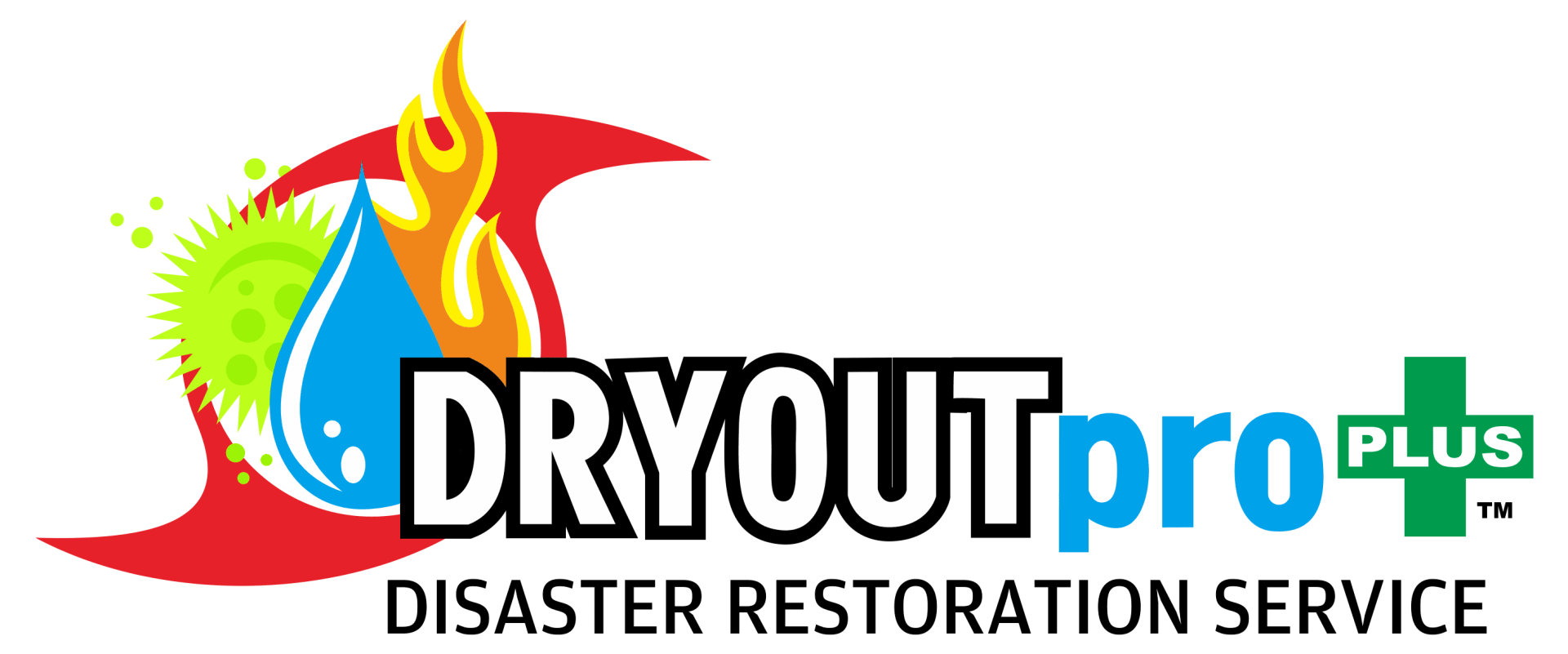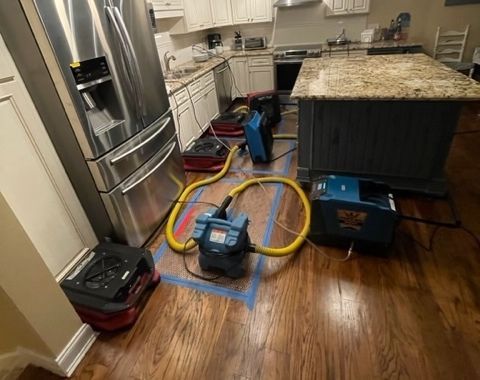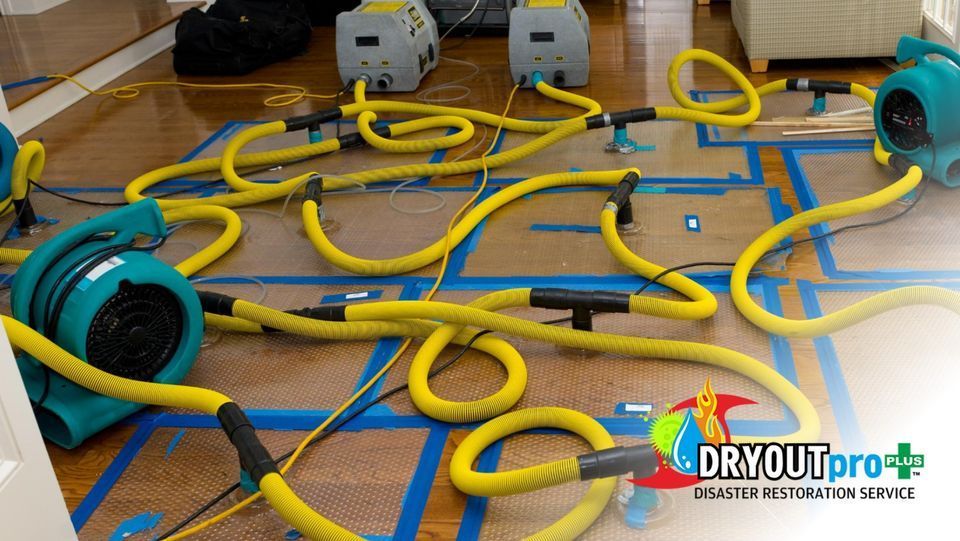24/7 emergency Damage Restoration services
SERVING THE PAlm BEACHES AND TREASURE COAST OF FLorida
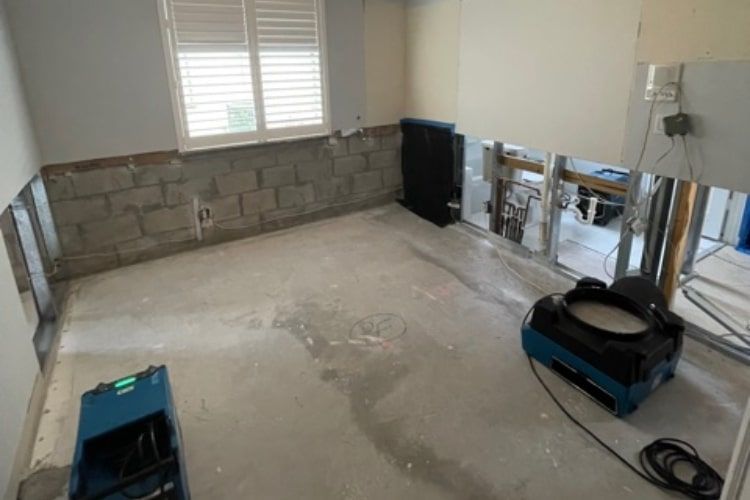
Water Cleanup Tips: How to Safely Clean Up After a Flood
June 27, 2023
Residential flooding occurs for many reasons. Hurricanes, torrential rainfall, burst pipes, and failed basement sump pumps can cause flooding in Florida properties, leading to extensive structural damage and potential health hazards. Water cleanup after a flood can be overwhelming and leave property owners wondering how to start the restoration process.
There are right and wrong ways to approach flood cleanup depending on several factors, like the water source and the location of the affected areas. Still, you can follow these general tips to begin a water cleanup project.
1. Turn Off Power and Gas to the Property
If a flood produces more than two inches of standing water inside your home, your first step in the cleanup process is turning off your utilities. Water and electricity create hazardous conditions, so you must turn off the property’s power to prevent shocks and electrocution. Call an electrician if you cannot safely access the home’s electrical panel.
Turn off the gas if the house has an active gas line. Be aware of odors that could indicate a gas leak due to a blown pilot light. If you smell gas, immediately leave the building, then contact the gas company to turn it off.
2. Put on Protective Gear
Flood water is not clean because it can carry anything from sediment from the bottom of lakes to raw sewage from sewer lines. The moisture can also produce mold growth within 24 to 48 hours after the flooding begins, which could trigger allergies and respiratory distress in sensitive individuals. Wearing protective gear before attempting a water cleanup is a must.
Protective gear includes long-sleeved shirts, long pants, an N95 respirator to avoid inhaling toxic fumes or mold spores, and protective eyewear. Tight-fitting rubber gloves will protect your hands.
3. Remove Standing Water From the Affected Areas
After donning protective gear, start removing the standing water from the building. Do this step as quickly as possible to minimize water damage to the property and your belongings.
Depending on the water levels, you could use a container to carry water out of your home. When you reach the saturated flooring, continue your water removal efforts with a wet/dry shop vac cleaner. If flood waters bring mud into the house, use a shovel to get rid of it before it dries into hard clusters.
4. Dry Out the Property
Removing visible water isn’t enough to mitigate moisture damage. Traces of moisture can remain in flooring, drywall, and indoor air.
Consider using a dehumidifier or air mover to dry all affected surfaces. You can also run your air conditioner, if it’s safe to do so, to reduce indoor humidity levels. Keep all windows open to let fresh air circulate throughout the flooded space.
5. Throw Out Contaminated Materials
You can’t save or restore materials with excessive damage from a flood. Throw away items you cannot sanitize, like books, clothing, rugs, and other soft surfaces. Take photographs of the damage and document the items you throw out for insurance purposes.
6. Sanitize Surfaces
Once you throw out all unsalvageable items, clean and sanitize hard surfaces, including walls, countertops, woodwork, and some textiles and furniture. Use strong disinfectants to kill disease-causing microbes and ensure your household’s safety.
7. Know When To Hire a Professional Water Damage Restoration Company
Though minor flooding that doesn’t produce major structural damage may be enough for a property owner to handle alone, restoration after severe flooding usually requires professional help. For example, if a pipe bursts in your bathroom and sprays water on the floor, it’s technically moisture damage that you could clean up before a plumber fixes the pipe.
A flood is usually a natural event involving a rising body of water like a nearby lake or stream or excessive rain that infiltrates your house. Flood water is usually unclean because it may contain particles, bacteria, and other contaminants that could harm your health. It’s better to hire a qualified water damage restoration company with the skills, tools, and certifications to remove and clean up contaminated water sources.
Contact DRYOUTpro PLUS, INC. for Additional Information About Water Cleanup
DRYOUTpro PLUS, INC. has over 25 years of experience providing emergency water cleanup services throughout St. Lucie, Palm Beach, and Martin Counties in Florida. They specialize in water damage restoration, mold removal, flood damage restoration, and other premium services to restore buildings to their original conditions prior to a plumbing incident, fire, or natural disaster.
Call
(772) 288-4222 to request 24/7 emergency damage restoration from DRYOUTpro PLUS, INC. today. Alternatively,
fill out a contact form online!
Get A Free Estimate
By filling out the form below
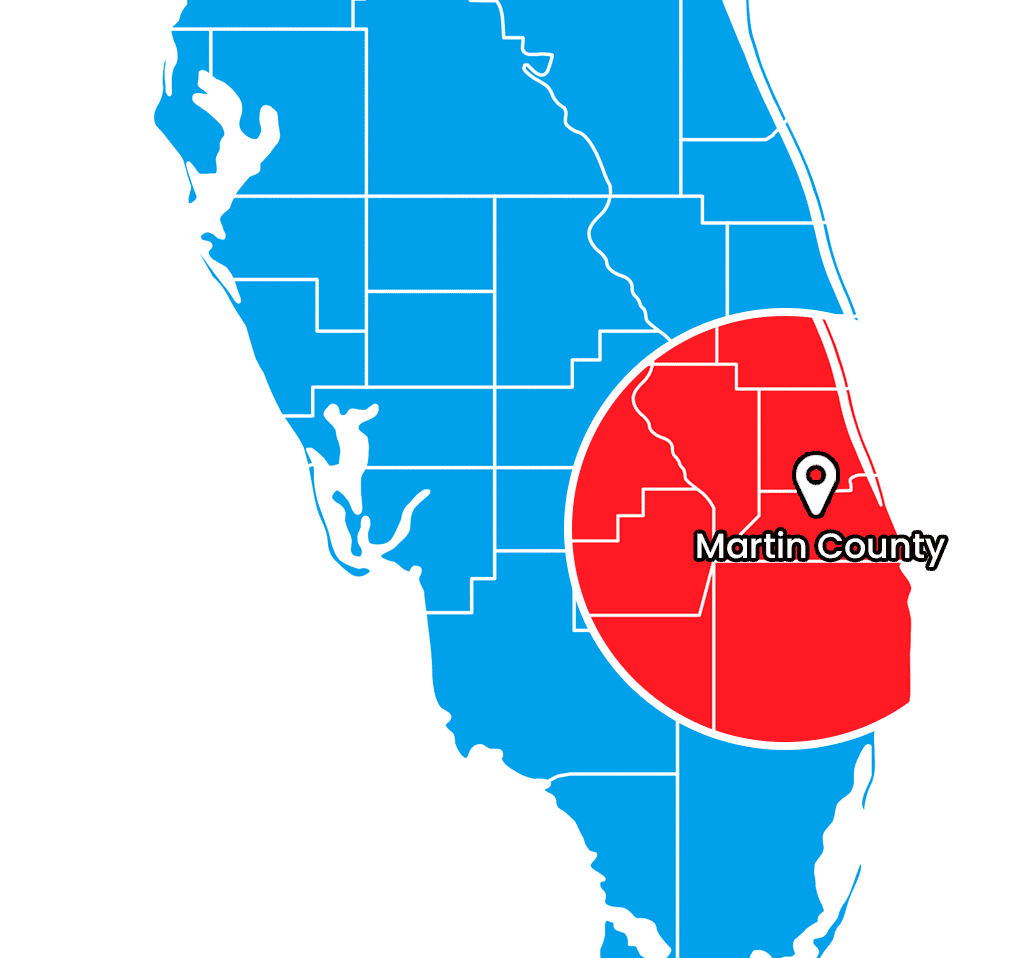
Our Service Area in Martin County Florida
As a local, family-owned company, we are committed to keeping your family safe from any problems you may have. We provide a full line of restoration services to all in the following areas:
Stuart, Palm City, Jensen Beach, Hobe Sound, Jupiter, Tequesta, Palm Beach Gardens, North Palm Beach, Port St. Lucie, Ft. Pierce, Palm Beach, West Palm Beach, Ft. Pierce, St. Lucie County
Need Help With Disaster Restoration?
GET A FREE QUOTE TODAY
We are IICRC certified and hire only the most trustworthy and dedicated team members to ensure that each job is taken seriously and handled with absolute professionalism.
